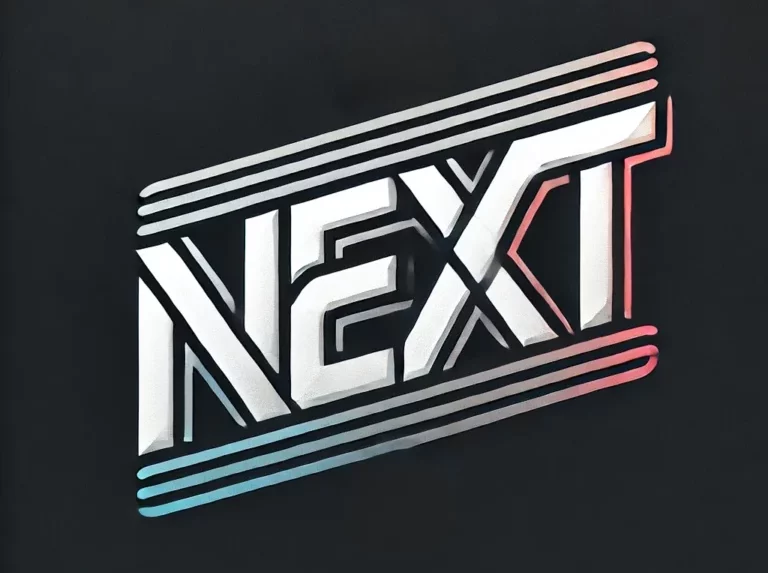- Why This Merger Matters
- The Deal in Numbers: What Happened?
- The Strategic Vision Behind the Merger
- Key Challenges Created by the xAI–X Fusion
- Comparison: xAI vs. OpenAI, Google Gemini, and Anthropic
- Expert Outlook: Is This the Future of AI?
- FAQs About the X and xAI Merger
- Conclusion: Disruption, Ethics, and Innovation
Why This Merger Matters
Elon Musk has merged X (formerly Twitter) with his artificial intelligence company, xAI, in a transaction valued at $45 billion. This bold move consolidates Musk’s efforts to build a powerful AI ecosystem—combining social data, distribution, compute infrastructure, and generative models under one roof.
By doing so, Musk positions xAI as a direct challenger to OpenAI, Google Gemini, and Anthropic, leveraging the real-time interactions of X’s millions of users to train and refine AI tools like Grok.
However, while the integration promises rapid innovation and enhanced user experiences, it also raises pressing challenges related to data privacy, platform control, algorithmic moderation, and fair competition—which this article will explore in depth.
The Deal in Numbers: What Happened?
-
X’s Valuation: $33B + $12B in debt = $45B total
-
xAI’s Valuation: $80B
-
Acquisition Type: Stock-for-stock exchange
-
New Structure: xAI now owns and operates X as part of its AI infrastructure
This merger places the social media platform and its data directly in the hands of Musk’s AI company, streamlining development and deployment across both systems.
The Strategic Vision Behind the Merger
Musk aims to build an “everything app” powered by advanced AI models trained on real-time, human interactions. By owning X:
-
xAI gains constant user feedback for model refinement
-
X evolves into a smart social layer for content, interaction, and data collection
-
Grok, Musk’s AI chatbot, can access and learn from live public discourse
Key Challenges Created by the xAI–X Fusion
🔐 Data Privacy and Consent
Musk’s move effectively gives xAI unprecedented access to live user data. Major concerns include:
-
Lack of explicit consent from X users to use their data for AI training
-
Regulatory pressure from GDPR and other data protection frameworks
-
Ambiguity around how private messages, behaviors, and metadata will be handled
⚖️ Algorithmic Moderation and Bias
Integrating AI into content moderation opens new risks:
-
AI may over-police or under-police sensitive content
-
Risk of training bias based on user demographics or ideologies
-
Potential threats to freedom of expression under automated systems
🧩 Platform Monopolization and Ecosystem Lock-in
Musk now controls:
-
The platform (X)
-
The distribution channel
-
The AI engine (xAI)
-
The training data
This vertical integration raises antitrust concerns and limits transparency. Critics argue it could:
-
Stifle competition
-
Reduce user choice
-
Create a self-reinforcing AI system driven by Musk’s ecosystem alone
Comparison: xAI vs. OpenAI, Google Gemini, and Anthropic
| Feature | xAI | OpenAI | Google Gemini | Anthropic |
|---|---|---|---|---|
| Owns Data Source | ✅ (X) | ❌ | ❌ | ❌ |
| Realtime Feedback | ✅ | ❌ | ❌ | ❌ |
| Public Distribution | ✅ | Partial (API only) | Yes | Yes |
| Platform Integration | Full (X) | Limited | Android Search | None |
xAI’s advantage is vertical integration, but this also makes it the most centralized AI operation among the major players.
Expert Outlook: Is This the Future of AI?
Musk’s strategy could signal a new phase in AI:
-
Platforms integrating AI deeply into social media
-
Training based on live public behavior
-
Personalized assistants (like Grok) with deep context from user history
But this future comes at a cost: reduced user control, blurred privacy lines, and dependence on a single platform’s ecosystem.
FAQs About the X and xAI Merger
❓ What is Grok?
Grok is xAI’s conversational assistant, similar to ChatGPT. It’s being trained on X data.
❓ Can xAI use my posts or messages on X for training?
Possibly. There’s concern over whether users have given informed consent, especially under changing terms of service.
❓ Is this merger legal?
Yes for now, but antitrust regulators in the U.S. and Europe may intervene depending on how Musk handles privacy and competition.
Conclusion: Disruption, Ethics, and Innovation
The fusion of X and xAI is one of the most ambitious—and controversial—moves in tech. Elon Musk is creating a closed-loop AI system where social interaction, data, distribution, and intelligence are controlled under a single roof.
This could accelerate the development of powerful, adaptive AI—but also poses serious ethical, social, and regulatory questions.
